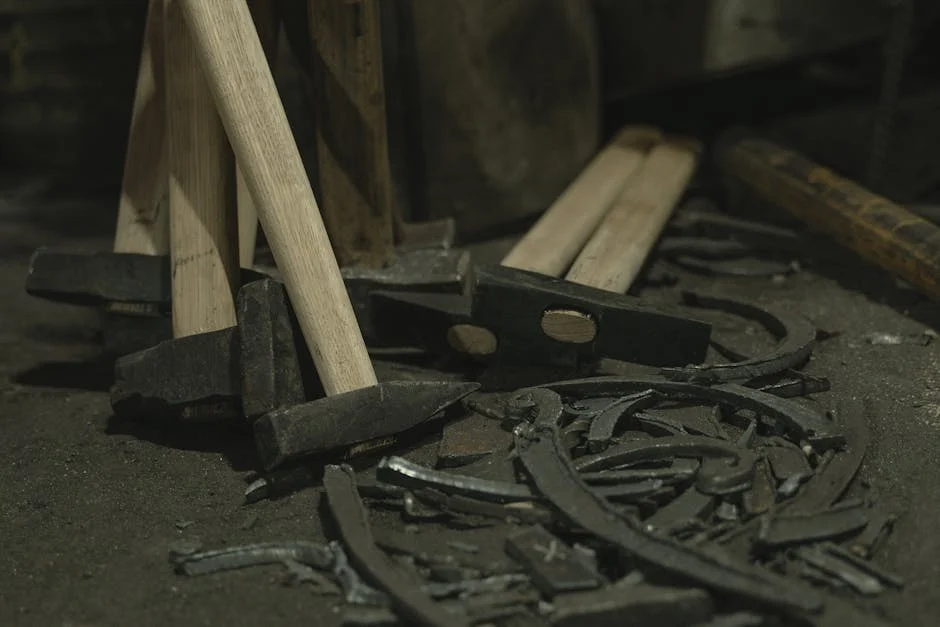and Metal Scraps
Introduction
Metal scraps, often overlooked, are a valuable resource playing a critical role in various industries and contributing significantly to environmental sustainability. Recycling metal scraps conserves natural resources, reduces energy consumption, and minimizes landfill waste. Understanding the types of metal scraps, their uses, and the recycling process is essential for individuals and businesses alike. This article explores the world of metal scraps, highlighting its importance and offering insights into responsible recycling practices.
Types of Metal Scraps
Ferrous Metals
Ferrous metals are characterized by their iron content. They are generally magnetic and susceptible to rust. Common examples include:
- Steel: Widely used in construction, automotive manufacturing, and various industrial applications.
- Cast Iron: Found in engine blocks, pipes, and cookware.
- Wrought Iron: Historically used for decorative elements and fences.
Non-Ferrous Metals
Non-ferrous metals do not contain iron, making them resistant to rust. They are often more valuable than ferrous metals. Common examples include:
- Aluminum: Lightweight and corrosion-resistant, used in beverage cans, aircraft, and construction materials.
- Copper: Highly conductive, used in electrical wiring, plumbing, and electronics.
- Brass: An alloy of copper and zinc, used in plumbing fixtures, musical instruments, and decorative items.
- Bronze: An alloy of copper and tin, known for its durability and used in statues, bearings, and marine applications.
- Lead: Dense and malleable, used in batteries, plumbing (though increasingly restricted), and radiation shielding.
- Zinc: Corrosion-resistant, used in galvanizing steel and die-casting.
- Nickel: Strong and corrosion-resistant, used in stainless steel, batteries, and plating.
- Precious Metals: Gold, silver, platinum, and palladium are highly valuable and used in jewelry, electronics, and catalysts.
Uses of Metal Scraps
Manufacturing
Recycled metal scraps are a primary feedstock for manufacturing new metal products. This reduces the need to mine virgin ores, saving energy and resources.
- Steel mills use recycled steel scrap to produce new steel products.
- Aluminum smelters recycle aluminum scrap to create new aluminum ingots.
- Foundries utilize metal scraps to cast various metal components.
Construction
Metal scraps are repurposed in the construction industry, contributing to sustainable building practices.
- Rebar (reinforcing bar) made from recycled steel is used to strengthen concrete structures.
- Metal roofing and siding can be manufactured from recycled aluminum or steel.
Automotive Industry
The automotive industry is a major consumer of recycled metal scraps, utilizing them in the production of vehicle components.
- Engine blocks and other automotive parts can be cast from recycled cast iron.
- Aluminum wheels and body panels can be made from recycled aluminum.
The Metal Scrap Recycling Process
Collection and Sorting
The recycling process begins with the collection of metal scraps from various sources, including households, businesses, and demolition sites. The scraps are then sorted by type and grade to ensure proper processing.
Processing and Melting
Sorted metal scraps are processed by shredding, shearing, or baling to reduce their size and prepare them for melting. The metal is then melted in furnaces or smelters to create molten metal.
Refining and Casting
The molten metal is refined to remove impurities and adjust its composition. It is then cast into ingots or other forms for use in manufacturing.
Quality Control
Throughout the recycling process, quality control measures are implemented to ensure that the recycled metal meets industry standards.
Benefits of Recycling Metal Scraps
Environmental Conservation
Recycling metal scraps reduces the need for mining virgin ores, preserving natural resources and minimizing environmental damage.
Energy Savings
Recycling metal requires significantly less energy than producing new metal from raw materials. For example, recycling aluminum requires only 5% of the energy needed to produce it from bauxite ore.
Waste Reduction
Recycling metal scraps diverts waste from landfills, reducing landfill space and preventing soil and water contamination.
Economic Benefits
The metal scrap recycling industry creates jobs and generates revenue. It also reduces manufacturing costs for businesses that utilize recycled metal.
Conclusion
Metal scraps are a valuable resource that plays a vital role in sustainable development. Recycling metal scraps conserves natural resources, reduces energy consumption, and minimizes waste. By understanding the importance of metal scrap recycling and supporting responsible practices, we can contribute to a more sustainable future. Whether you are an individual, a business, or a government agency, consider the environmental and economic benefits of recycling metal scraps and take action to promote its widespread adoption. Search for local metal recycling centers and understand their guidelines to ensure proper and efficient recycling of your metal waste.














Post Comment